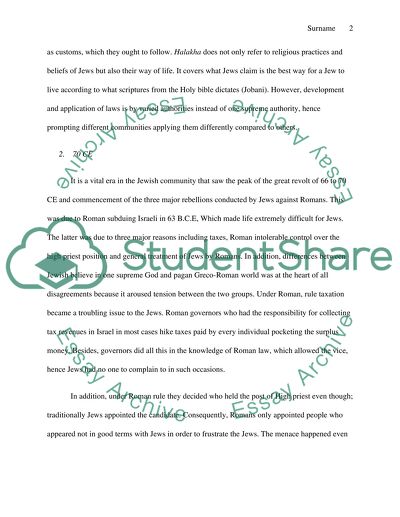Cite this document
(“History of the Jews: The Medieval and Early Modern Periods Mid-term Essay”, n.d.)
History of the Jews: The Medieval and Early Modern Periods Mid-term Essay. Retrieved from https://studentshare.org/history/1488920-history-of-the-jews-the-medieval-and-early-modern
History of the Jews: The Medieval and Early Modern Periods Mid-term Essay. Retrieved from https://studentshare.org/history/1488920-history-of-the-jews-the-medieval-and-early-modern
(History of the Jews: The Medieval and Early Modern Periods Mid-Term Essay)
History of the Jews: The Medieval and Early Modern Periods Mid-Term Essay. https://studentshare.org/history/1488920-history-of-the-jews-the-medieval-and-early-modern.
History of the Jews: The Medieval and Early Modern Periods Mid-Term Essay. https://studentshare.org/history/1488920-history-of-the-jews-the-medieval-and-early-modern.
“History of the Jews: The Medieval and Early Modern Periods Mid-Term Essay”, n.d. https://studentshare.org/history/1488920-history-of-the-jews-the-medieval-and-early-modern.


